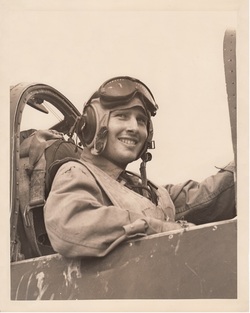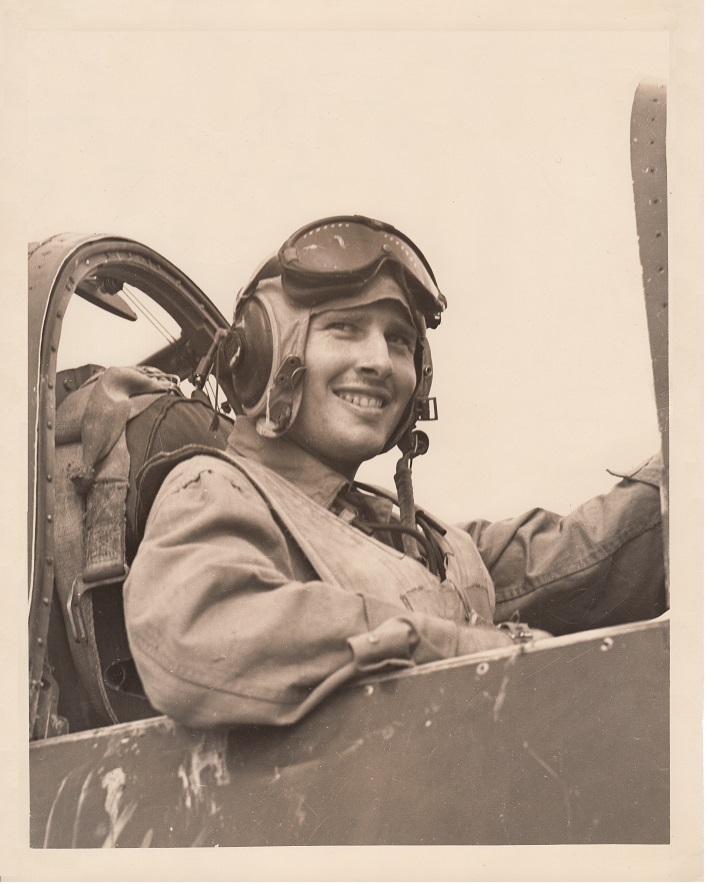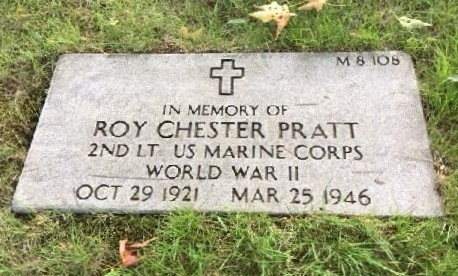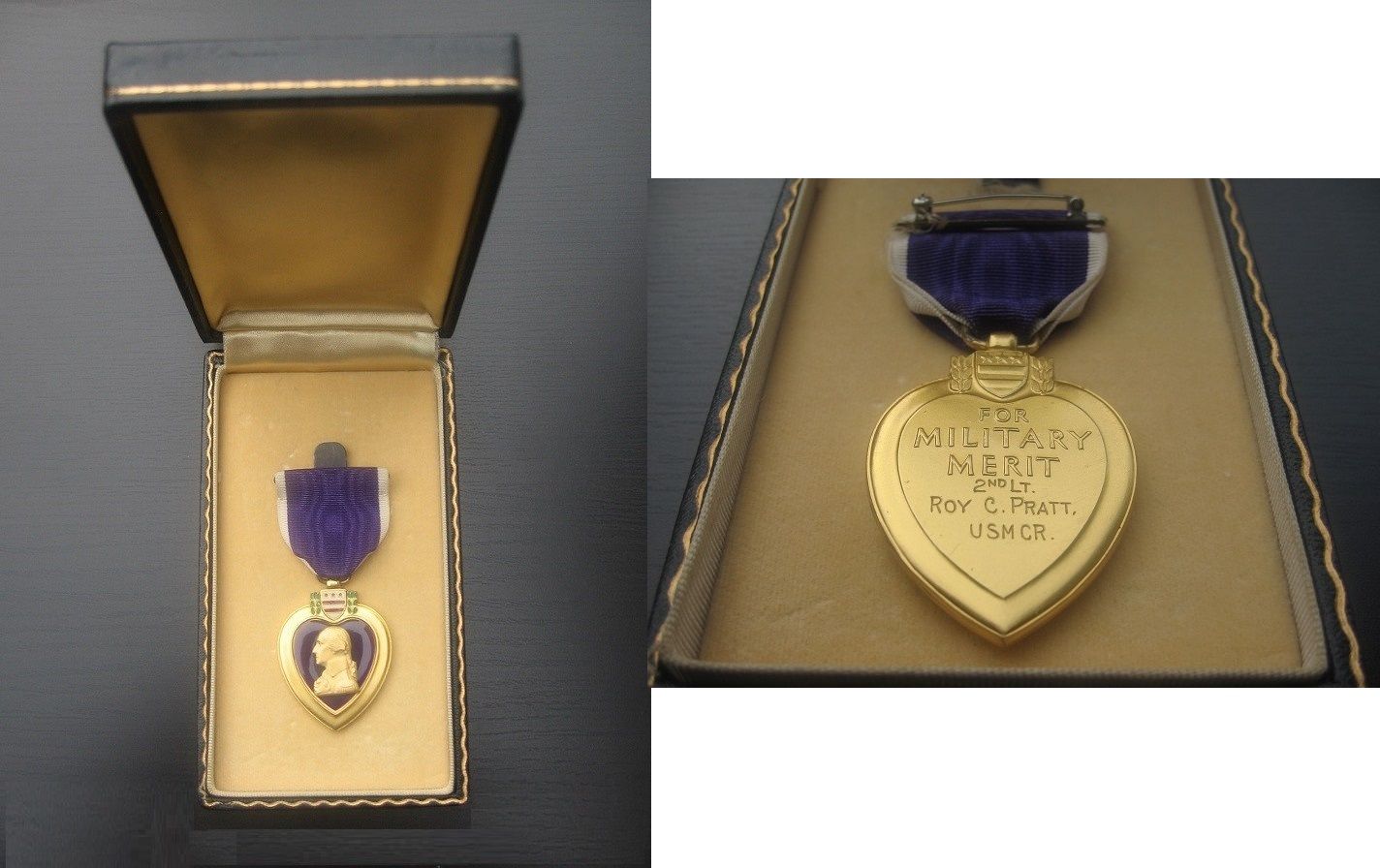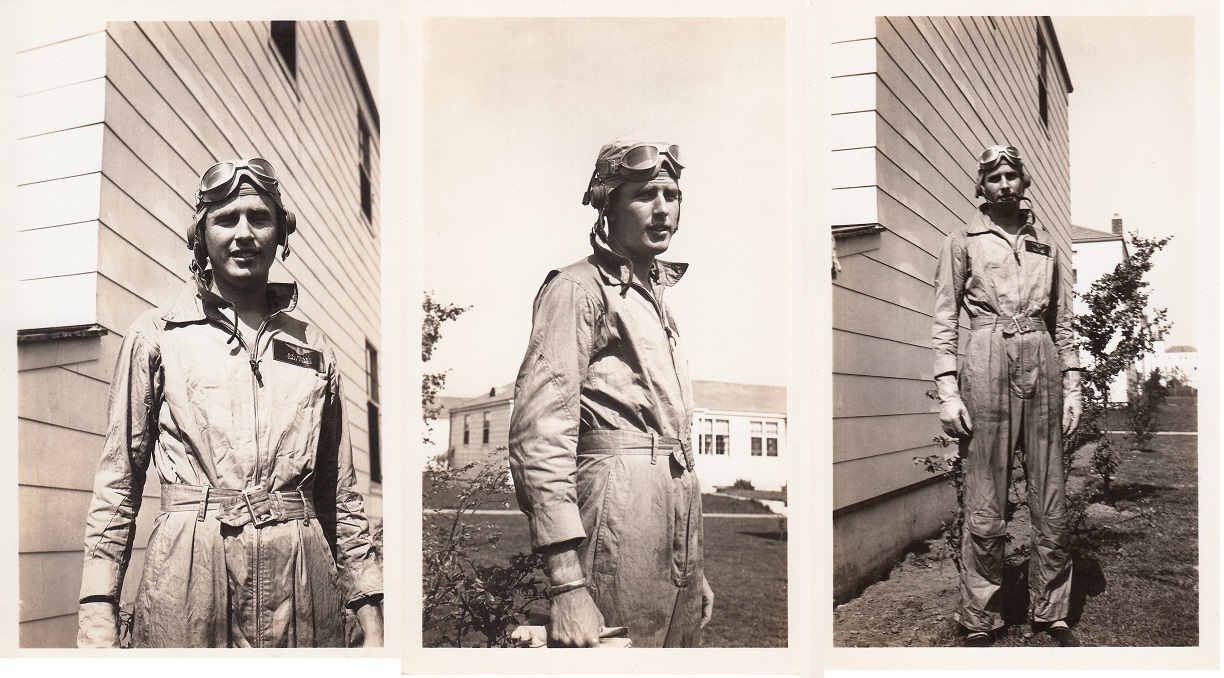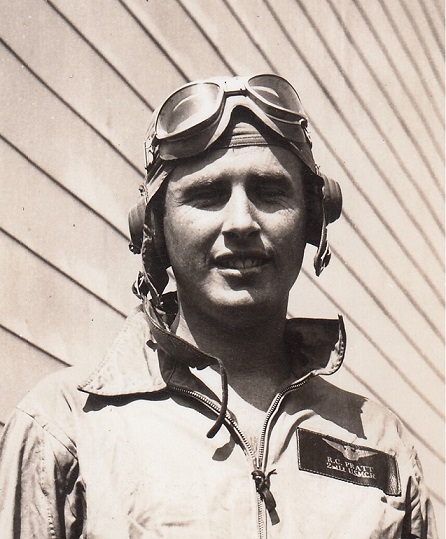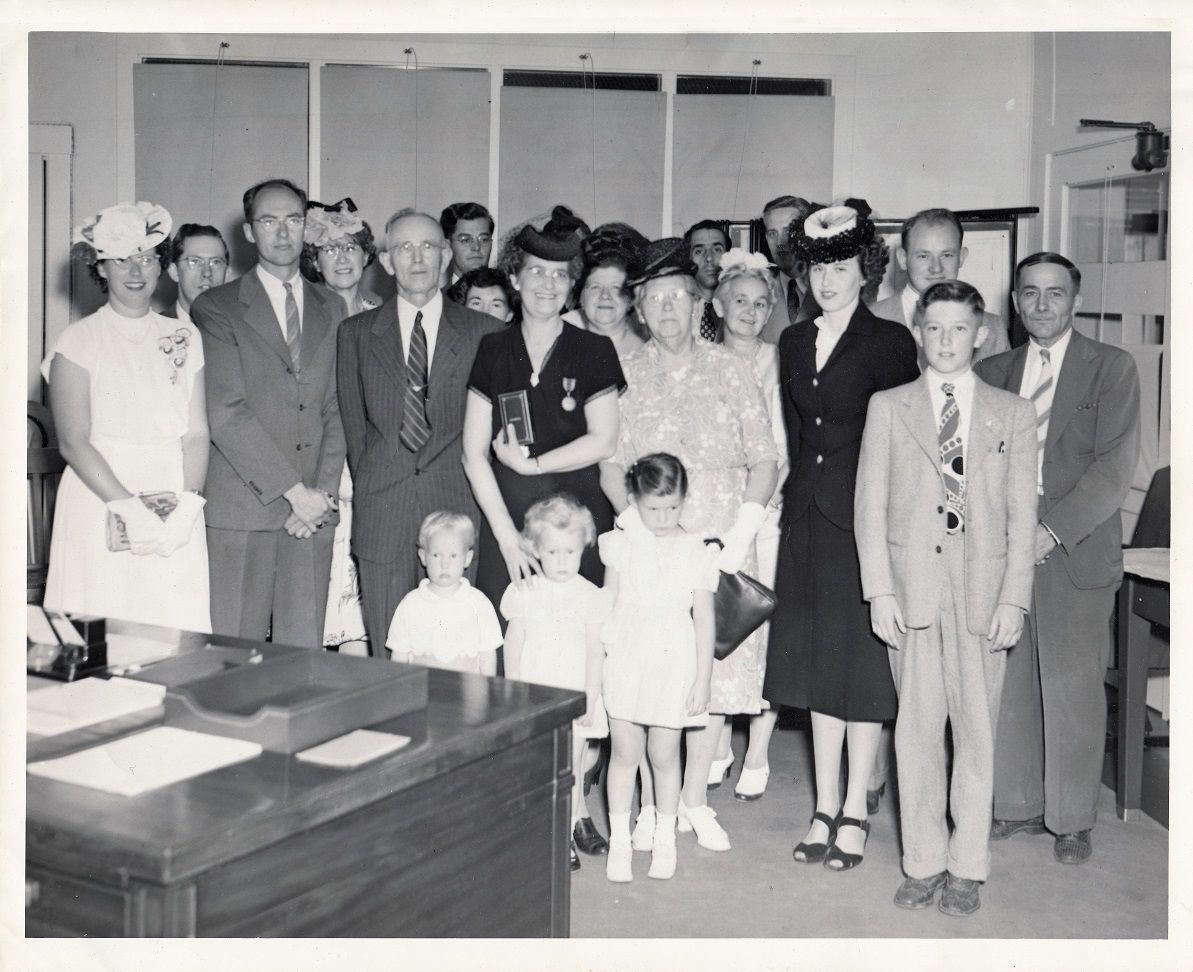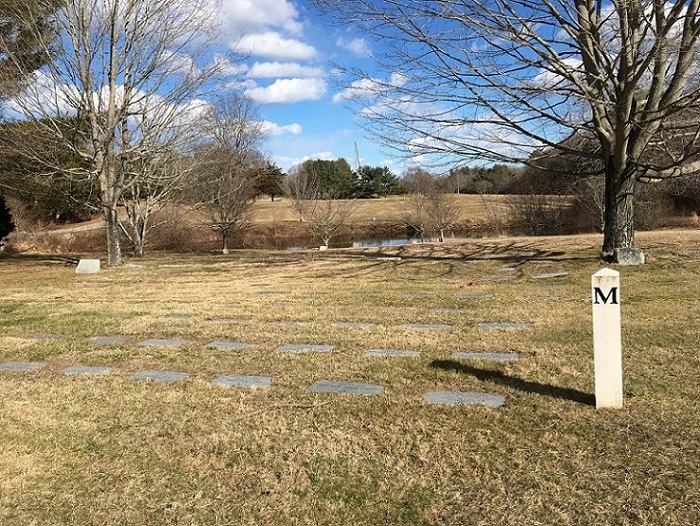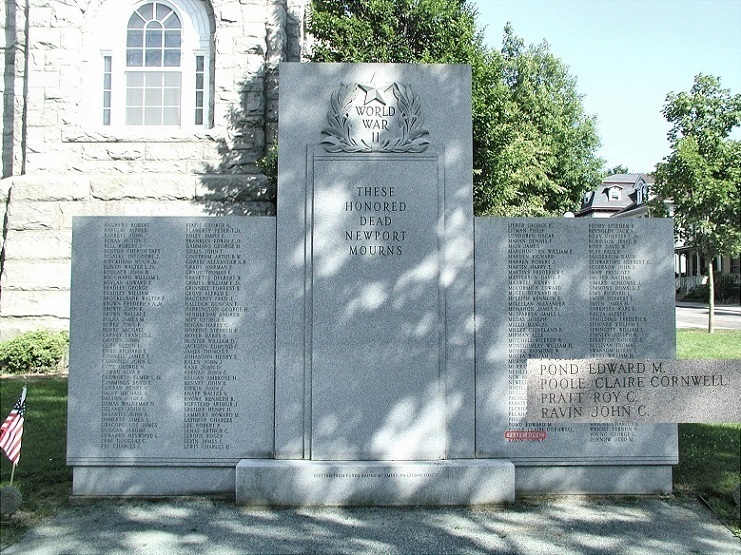Roy was named after his father's younger brother and was the second son and middle of five children born to machinist Charles H. and Bertha Simpson Pratt, of Brockton, Massachusetts. His siblings were Charles Edward ("Ed"), Elizabeth Elnora, Barbara and Robert. The four oldest Pratt kids were born in Brockton and lived with their parents at 537 Pleasant St, a home owned by Roy's maternal grandmother, Eva Simpson, who had raised fourteen children in the huge New England clapboard house next door at 535 Pleasant St. with her carpenter husband, Roy's grandfather, Henry Simpson. Roy attended public schools in Brockton and later at Newport, Rhode Island after the family moved to 70 Howland Ave. in neighboring Jamestown when his father took a machinist job at the Naval Torpedo Station in Newport. At school he played softball and basketball. Following graduation from Rogers High School in 1939, Roy delivered ice while Ed worked driving a lumber truck. In October 1941, he got a job as a groundman with New England Power Ass'n., helping to erect poles for power lines, testing and repairing cables and assisting the linemen.
Roy enlisted in the Naval Reserve (USNR), Class V-5, as Seaman Second Class on 20 July 1942, and was released to inactive duty. He applied for flight training and his rating was changed to Aviation Cadet on 7 August 1942. He quit his job at New England Power in September 1942 and reported for duty, receiving training at MIT, Claremont, New Hampshire and Colby College, Waterville, Maine, which was turned into a military training center during the war. He took the intensive 11-week, pre-flight training at Chapel Hill, NC. Successfully completing this, he reported on 15 December 1942 for three-months primary flight training at the Naval Air Station, Peru, Indiana, one of the few in his class selected for US Marine Corps Aviation.
Aviation Cadet Pratt next went to the Naval Air Training Center (NATC) at Pensacola, Florida for three-months of advanced flight training. Upon completion of flight-training, Roy was honorably discharged from the USNR on 10 February 1944, in order to accept a commission as a Second Lieutenant in the US Marine Corps Reserve (USMCR). He was commissioned on 11 February 1944 and received the Naval Aviator's "Wings of Gold." He was under instruction in the Air Operational Training Command (AOTC) through 26 April 1944, when he was detached to Service Squadron, Ninth Marine Aircraft Wing, at MCAS Cherry Point, NC. He was attached to another training squadron at Cherry Point, VMF-924 on 11 July, detached to VMF-922 on 2 September and on 23 September 1944 he detached and joined Marine Fleet Air West Coast, Headquarters Squadron, Personnel Group, Marine Corps Air Depot, Miramar, Miramar San Diego, CA. On 12 October he joined VMF-471, MBDAG-46, at the Marine Corps Air Station, El Toro, at Santa Ana, CA. On 6 November he was detached to HqSq, MCAD, Miramar.
On 23 November, Roy shipped out on board the USS ADMIRAL WL CAPPS (AP-121) to join Aircraft, Fleet Marine Forces Pacific, assigned to 1st Marine Air Wing, 14th Marine Air Group, Marine Fighter Squadron VMF-223. He arrived at Bougainville, British Solomon Islands on 17 December 1944 and reported to his new squadron, known as the "Flying Bulldogs", the next day. On 8 January 1945, VMF-223 departed Bougainville by air transport, arriving at Samar Island in the Philippines, on 12 January 1945, where it operated out of the Guiuan airstrip that was newly constructed by one of the Navy's Construction Battalion (Seabees).
The squadron flew Corsair fighters, the F4U manufactured by Vought and the identical aircraft manufactured by Goodyear, the FG-ID, since Vought could not handle production demands alone. From 3 February to 28 February Roy was Assistant Construction and Maintenance Officer. On 1 March, his assignment was switched to Assistant Utilities Officer. On 24 March 1945 at 5:25 pm 2LT Pratt and MAJ Robert W. Teller took off in their Corsairs from the airfield at Tanjay, Negros Island, Philippines on the return leg of a mission escorting a C-47 transport plane. Flying over Badian Bay, Roy's aircraft, FG-1 Corsair, Bu.No. 14193, developed a propeller malfunction and he was unable to maintain altitude, forcing him to make a water landing in rough sea and bad weather about one mile west of Badian Island off Cebu.
Major Teller followed Roy's plane down and circled around it to observe him get out of his Corsair and swim to a large raft dropped by the C-47. Teller and the C-47 lost sight of him and soon afterwards, the gathering darkness, lack of fuel and poor weather, forced the two planes to return to Guian.
VMF-223's "war diary" for March 1945 states, The fact that the air-sea rescue service, although alerted by the 85th [US Army Air Force] Fighter Wing, unaccountably failed to send a rescue plane on either the day of the landing or the following day, gravely jeopardized LT Pratt's chances of survival. Planes of this squadron [VMF-223] searched the area thoroughly without success."
Roy was officially listed as "Missing in Action" for one year and his status was changed to "Killed in Action" thereafter. In May 1946 he was posthumously awarded the Purple Heart and in June 1947, the Air Medal with two gold stars that were presented to his family. On 29 May 1947, he received a posthumous promotion to First Lieutenant, effective 15 February 1946. 2LT Roy Pratt's remains and his Corsair have never been recovered. He is memorialized by cenotaphs at the Manila American Cemetery in the Philippines and at the Rhode Island Veterans' Memorial Cemetery. His name is included on the Newport, RI WW2 Memorial to those killed in action, that is located adjacent to City Hall.
----------
Another memorial can be viewed at
Manila American Cemetery and Memorial in Manila, Philippines.
Grateful appreciation for the generosity and kindness of member The Silent One for their sponsorship of LT Pratt's memorial. God Bless You and Yours!
Roy was named after his father's younger brother and was the second son and middle of five children born to machinist Charles H. and Bertha Simpson Pratt, of Brockton, Massachusetts. His siblings were Charles Edward ("Ed"), Elizabeth Elnora, Barbara and Robert. The four oldest Pratt kids were born in Brockton and lived with their parents at 537 Pleasant St, a home owned by Roy's maternal grandmother, Eva Simpson, who had raised fourteen children in the huge New England clapboard house next door at 535 Pleasant St. with her carpenter husband, Roy's grandfather, Henry Simpson. Roy attended public schools in Brockton and later at Newport, Rhode Island after the family moved to 70 Howland Ave. in neighboring Jamestown when his father took a machinist job at the Naval Torpedo Station in Newport. At school he played softball and basketball. Following graduation from Rogers High School in 1939, Roy delivered ice while Ed worked driving a lumber truck. In October 1941, he got a job as a groundman with New England Power Ass'n., helping to erect poles for power lines, testing and repairing cables and assisting the linemen.
Roy enlisted in the Naval Reserve (USNR), Class V-5, as Seaman Second Class on 20 July 1942, and was released to inactive duty. He applied for flight training and his rating was changed to Aviation Cadet on 7 August 1942. He quit his job at New England Power in September 1942 and reported for duty, receiving training at MIT, Claremont, New Hampshire and Colby College, Waterville, Maine, which was turned into a military training center during the war. He took the intensive 11-week, pre-flight training at Chapel Hill, NC. Successfully completing this, he reported on 15 December 1942 for three-months primary flight training at the Naval Air Station, Peru, Indiana, one of the few in his class selected for US Marine Corps Aviation.
Aviation Cadet Pratt next went to the Naval Air Training Center (NATC) at Pensacola, Florida for three-months of advanced flight training. Upon completion of flight-training, Roy was honorably discharged from the USNR on 10 February 1944, in order to accept a commission as a Second Lieutenant in the US Marine Corps Reserve (USMCR). He was commissioned on 11 February 1944 and received the Naval Aviator's "Wings of Gold." He was under instruction in the Air Operational Training Command (AOTC) through 26 April 1944, when he was detached to Service Squadron, Ninth Marine Aircraft Wing, at MCAS Cherry Point, NC. He was attached to another training squadron at Cherry Point, VMF-924 on 11 July, detached to VMF-922 on 2 September and on 23 September 1944 he detached and joined Marine Fleet Air West Coast, Headquarters Squadron, Personnel Group, Marine Corps Air Depot, Miramar, Miramar San Diego, CA. On 12 October he joined VMF-471, MBDAG-46, at the Marine Corps Air Station, El Toro, at Santa Ana, CA. On 6 November he was detached to HqSq, MCAD, Miramar.
On 23 November, Roy shipped out on board the USS ADMIRAL WL CAPPS (AP-121) to join Aircraft, Fleet Marine Forces Pacific, assigned to 1st Marine Air Wing, 14th Marine Air Group, Marine Fighter Squadron VMF-223. He arrived at Bougainville, British Solomon Islands on 17 December 1944 and reported to his new squadron, known as the "Flying Bulldogs", the next day. On 8 January 1945, VMF-223 departed Bougainville by air transport, arriving at Samar Island in the Philippines, on 12 January 1945, where it operated out of the Guiuan airstrip that was newly constructed by one of the Navy's Construction Battalion (Seabees).
The squadron flew Corsair fighters, the F4U manufactured by Vought and the identical aircraft manufactured by Goodyear, the FG-ID, since Vought could not handle production demands alone. From 3 February to 28 February Roy was Assistant Construction and Maintenance Officer. On 1 March, his assignment was switched to Assistant Utilities Officer. On 24 March 1945 at 5:25 pm 2LT Pratt and MAJ Robert W. Teller took off in their Corsairs from the airfield at Tanjay, Negros Island, Philippines on the return leg of a mission escorting a C-47 transport plane. Flying over Badian Bay, Roy's aircraft, FG-1 Corsair, Bu.No. 14193, developed a propeller malfunction and he was unable to maintain altitude, forcing him to make a water landing in rough sea and bad weather about one mile west of Badian Island off Cebu.
Major Teller followed Roy's plane down and circled around it to observe him get out of his Corsair and swim to a large raft dropped by the C-47. Teller and the C-47 lost sight of him and soon afterwards, the gathering darkness, lack of fuel and poor weather, forced the two planes to return to Guian.
VMF-223's "war diary" for March 1945 states, The fact that the air-sea rescue service, although alerted by the 85th [US Army Air Force] Fighter Wing, unaccountably failed to send a rescue plane on either the day of the landing or the following day, gravely jeopardized LT Pratt's chances of survival. Planes of this squadron [VMF-223] searched the area thoroughly without success."
Roy was officially listed as "Missing in Action" for one year and his status was changed to "Killed in Action" thereafter. In May 1946 he was posthumously awarded the Purple Heart and in June 1947, the Air Medal with two gold stars that were presented to his family. On 29 May 1947, he received a posthumous promotion to First Lieutenant, effective 15 February 1946. 2LT Roy Pratt's remains and his Corsair have never been recovered. He is memorialized by cenotaphs at the Manila American Cemetery in the Philippines and at the Rhode Island Veterans' Memorial Cemetery. His name is included on the Newport, RI WW2 Memorial to those killed in action, that is located adjacent to City Hall.
----------
Another memorial can be viewed at
Manila American Cemetery and Memorial in Manila, Philippines.
Grateful appreciation for the generosity and kindness of member The Silent One for their sponsorship of LT Pratt's memorial. God Bless You and Yours!
Gravesite Details
Cenotaph only.
